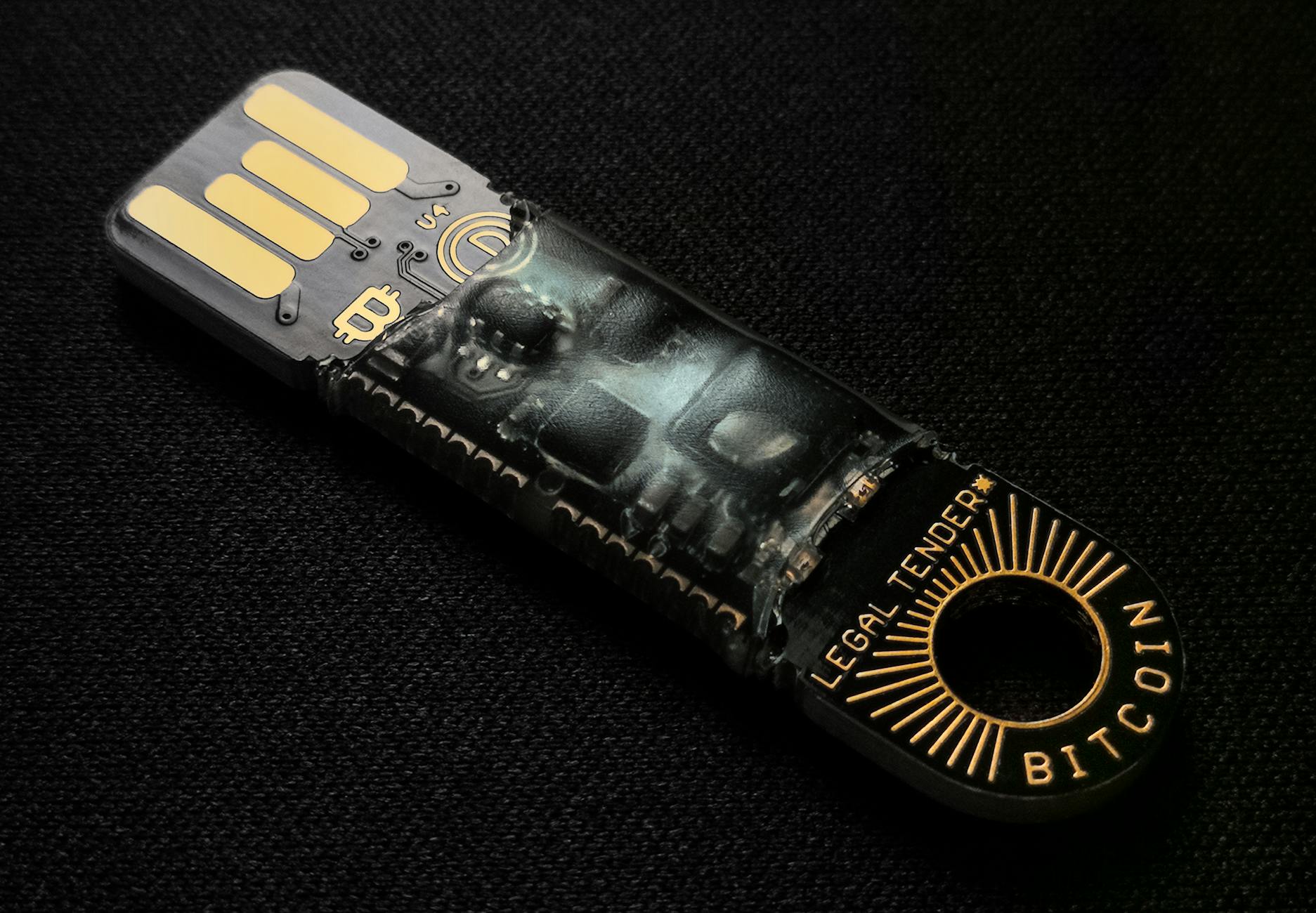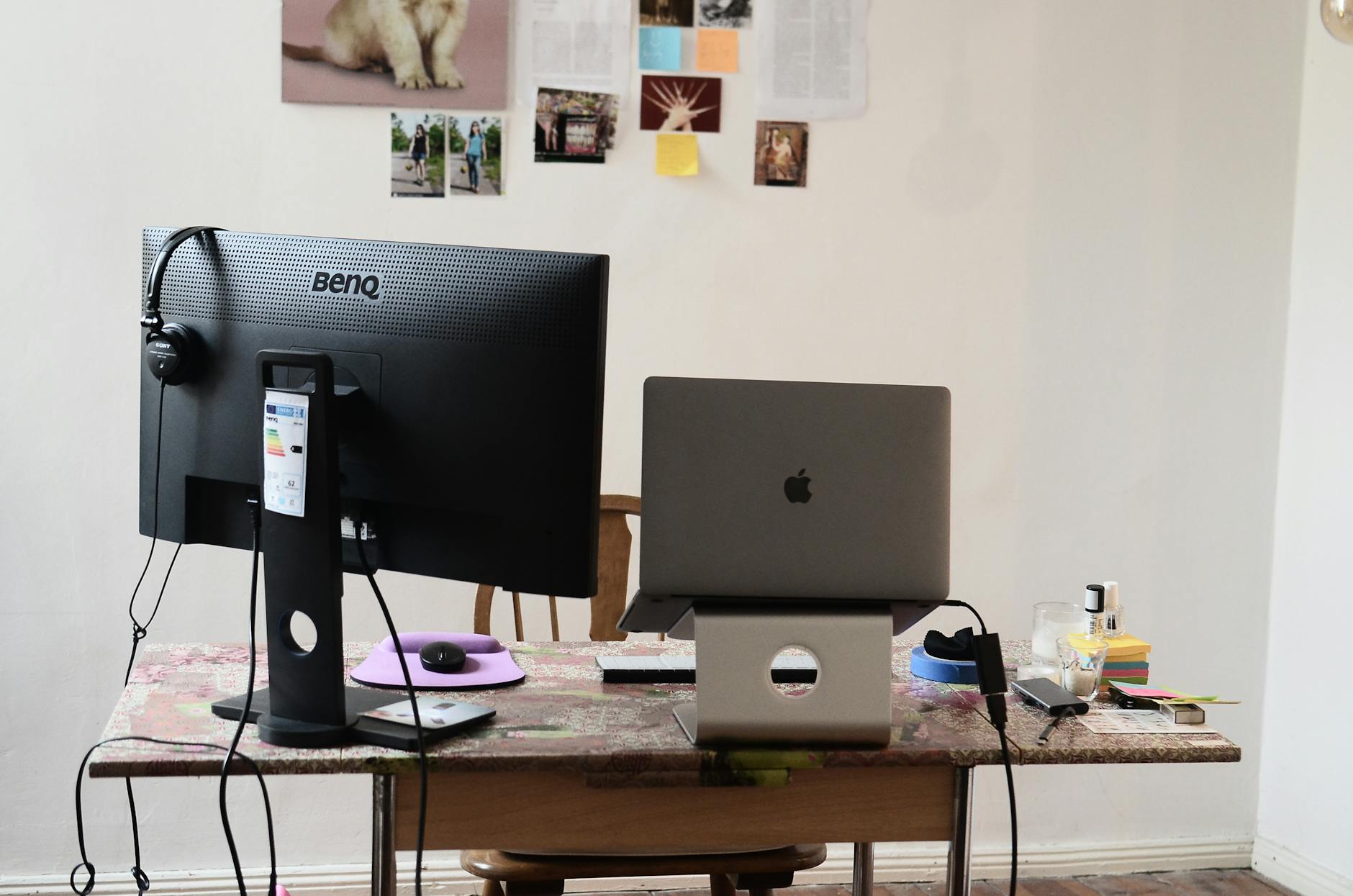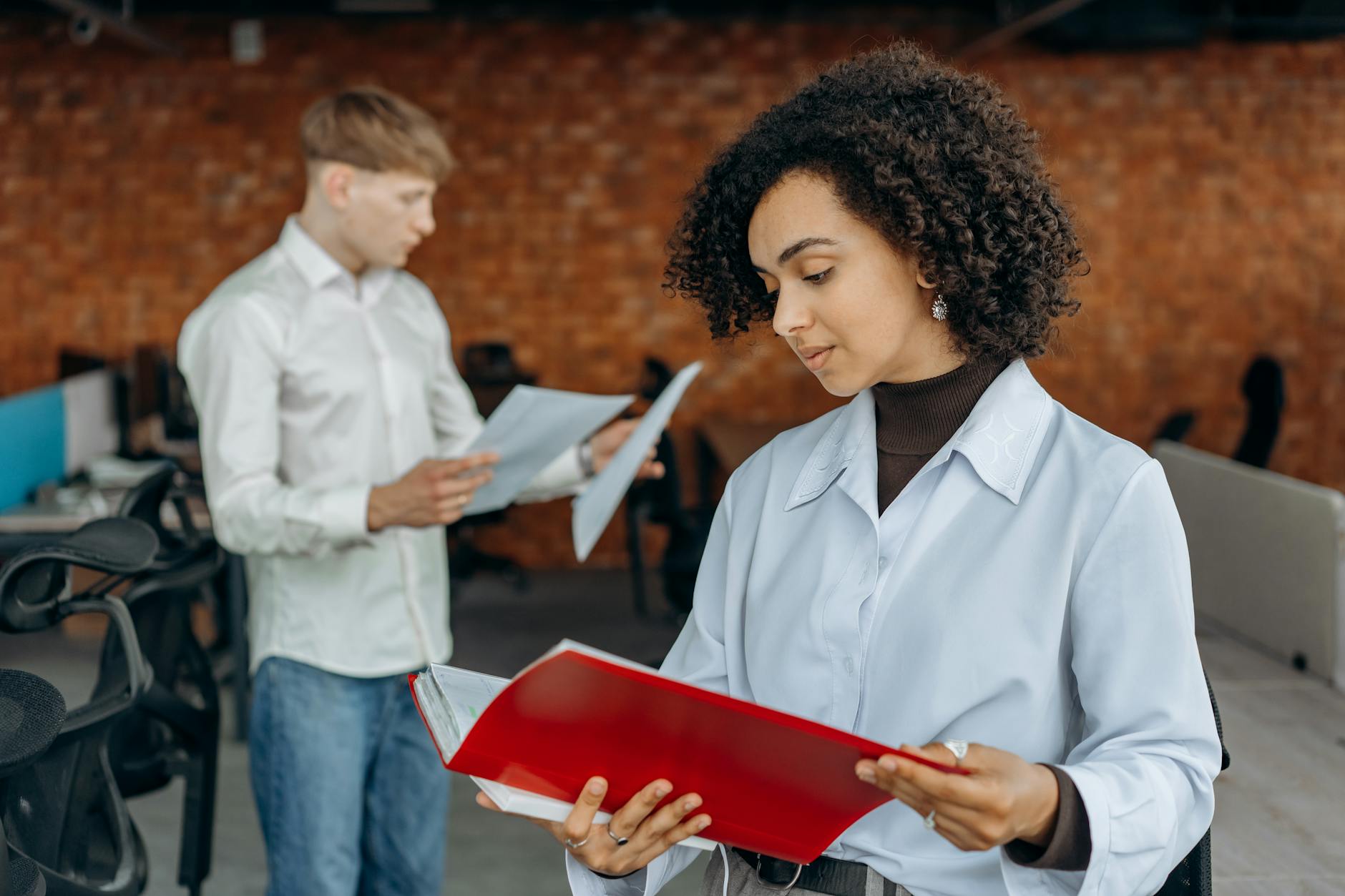How to Enhance Classroom Creativity in Australia with the Latest Musical Equipment

Benefits of Musical Equipment
Stimulating Creative Expression
In the realm of music education, integrating a professional microphone can revolutionize classroom dynamics. This equipment opens up new possibilities for students to express themselves creatively. I recall hosting sessions similar to those at Adelaide's Elder Park, where students explored sound dynamics. With a professional microphone, they could record and tweak their compositions, providing them an exciting platform to develop and present their unique soundscapes.
Encouraging Collaborative Learning
Equipping the classroom with tools like a universal remote can enhance collaborative learning experiences. Picture the atmosphere at a cultural workshop at the Adelaide Festival Center. With universal remotes, students gain the flexibility to interact with multiple devices. This interaction not only encourages teamwork but also cultivates problem-solving skills, as students must often work together to manage and coordinate the equipment during rehearsals and performances.
Enhancing Cognitive Development
Integrating broadcast solutions into music lessons can have a significant impact on cognitive development. Drawing from my experience, students gain the ability to process complex information, similar to the varied events hosted at the Tandanya National Aboriginal Cultural Institute. broadcast solutions foster skills such as critical listening and strategic planning, as students learn to mix and edit audio tracks, laying the groundwork for in-depth musical comprehension and an innovative approach to instrument mastery.
Choosing the Right Equipment
Key Instruments for Classrooms
When selecting musical instruments for a classroom setting, it's crucial to consider those that encourage both individual exploration and collective learning. Among my favorites are guitars and basses, as they offer versatility across various genres, making them ideal for capturing students' interests. When choosing these instruments, ensure they are easy to handle and produce a satisfying sound even at beginner levels. This fosters motivation as students experience real musical progress.
Integrating Technology Tools
Incorporating technology into music education can be transformative. For instance, using antenna tracking system in digital music production classes provides students with a deeper understanding of sound spatialization and live performances. Integrating tools like music apps and online resources can also make learning more interactive and engaging, offering a modern twist on traditional teachings.
Matching Equipment with Activities
Adapting musical equipment to specific classroom activities is essential. A memorable moment at a cultural workshop at the Adelaide Festival Center involved pairing percussion instruments with rhythm exercises, which heightened student engagement and understanding of tempo. For example, in a collaborative setting, you might use digital keyboards alongside traditional instruments, facilitating an ensemble experience that resonates with a diverse student body.
Collectively, these strategies help bridge the gap between traditional and contemporary music teaching methods, creating a more dynamic and inspiring learning environment for your students.
Implementing in the Classroom
Creating Interactive Lessons
Incorporating technology into music education plays a pivotal role in engaging students. During one lesson, I used musical equipment alongside traditional instruments to explore soundscapes. Students created a symphony using apps on tablets paired with traditional tools, fostering creativity and encouraging collaboration. Imagine transforming the classroom into a mini music event, reminiscent of the vibrant gatherings at Elder Park's music festivals. Such experiences not only engage students but also relate classroom activities to cultural events they may enjoy outside of school.
Designing Inclusive Programs
Crafting inclusive programs involves understanding each student's unique needs and leveraging tools to cater to different learning styles. I once worked with a student who found traditional sheet music daunting. By integrating visual aids and audio guides through innovative paging systems, I managed to build their confidence and inclusivity in learning. This kind of adaptation ensures that every student has the opportunity to engage and learn, similar to how cultural workshops at the Adelaide Festival Center cater to diverse audiences.
Engaging Students Effectively
To effectively engage students, it's crucial to create a dynamic learning environment that blends traditional and modern teaching methods. During a recent workshop, I incorporated live demonstrations with online tutorials, which helped students understand complex concepts. Using local references such as music events at the Tandanya National Aboriginal Cultural Institute can also instill a sense of pride and connection, linking classroom learning with the broader community. Integrating such thoughtful approaches ensures students are motivated and inspired to explore the world of music further.
Best Practices
Adapting for Different Age Groups
When teaching music in Adelaide, I often tailor my approach to meet the diverse needs of different age groups. For younger students, simple tools like handheld percussion instruments or a basic recording microphone can spark curiosity while building fundamental skills. Meanwhile, teenagers might benefit from engaging with digital tools, like MIDI controllers, which allow greater exploration and creativity. Each age group has distinct learning capacities, so it’s important to adapt sessions accordingly.
Promoting Continuous Learning
Incorporating technology into music education brings depth and variety to a lesson plan. During Elder Park gatherings for music festivals, I noticed the value of continuous learning. Educators can benefit from using devices like mesh radios to create interactive challenges or mystery sound hunts, thus encouraging pupils to actively participate and think critically. Facilitating an environment where students can take lessons beyond the classroom inspires them to explore music more autonomously.
Using Feedback to Improve
In my experience, feedback is invaluable. Whenever I participate in cultural workshops at the Adelaide Festival Center, I focus on listening to both student and peer feedback. After trying a new teaching method, I ask students for their thoughts and reflections. As educators, we can use this information to better our approaches, evolving with the needs of the students. By actively seeking and employing feedback, we ensure our methods remain relevant and impactful.


